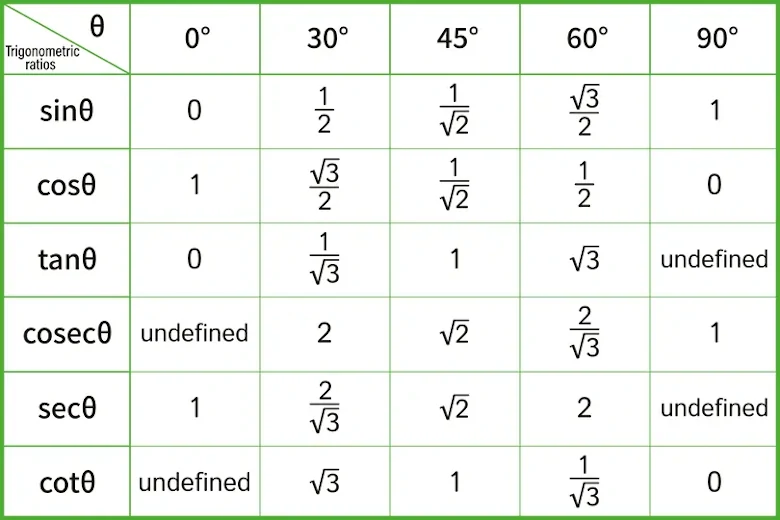Demystifying O Level Chinese: What to expect and tips for success

Approach your O-level Chinese exam with confidence by arming yourself with the right knowledge and effective strategies. This article aims to equip you with comprehensive insights into the exam and expert tips to help you excel. By gaining a thorough understanding of the exam format, language requirements, and implementing proven techniques, you can greatly increase your chances of achieving outstanding results.
Overview Of O-Level Chinese Examination
A. Structure And Components Of The Exam
The O Level Chinese exam consists of three main components:
Paper 1: Writing – 写作,
Paper 2: Language Comprehension and Application – 语文理解与应用, and,
Paper 3: Oral Communication – 口试 and Listening Comprehension – 听力理解.
Each component assesses specific language skills and carries a certain weightage in the final assessment.
Paper 1 (Writing – 写作)
This test paper comprises two parts: functional writing (实用文) and Essay writing (作文). Students are allowed to use the prescribed dictionary for this exam.
Part 1: Functional Writing - 实用文
Students are presented with two options and must choose one.
The first option requires writing an email to a specific recipient, while the second option involves composing a response email to a different recipient.
Regardless of the chosen question, it is important for students to write at least 150 characters.
Part 2: Essay Writing – 作文
In this task, students are provided with three questions and must select one to write a composition with minimum 300 characters. Depending on the question chosen, students should adapt their writing style to narrative, expository, argumentative, or situational formats. It is essential for students to develop their own interpretation of the chosen question, ensuring it aligns well with the intended purpose, audience, and context. Additionally, students are encouraged to utilise a diverse range of vocabulary and sentence structures, while demonstrating exemplary skills in spelling and punctuation.
Paper 2 (Language Comprehension and Application – 语文理解与应用)
The paper 2 is divided into three parts:
Part 1: Fill in the blanks – 综合填空
Students are tasked with completing the passage by filling in the blanks. They are required to carefully read and interpret the given passage, and then provide the most suitable answers to fill the provided blanks. It is important for students to demonstrate their understanding of the passage and select the appropriate words or phrases to complete each blank.
Part 2: Reading Comprehension-1 - 阅读理解(一)
Students will be presented with short passages, such as advertisements, leaflets, news reports, and similar content. Their task is to carefully read and analyse these passages and select the most suitable answer based on the information provided. The passages may contain 3 to 4 pieces of content that students need to consider before making their selection. It is important for students to accurately interpret the given passages and choose the answer that best aligns with the context and information provided.
Part 3: Reading Comprehension-2 - 阅读理解(二 )
Students will encounter 2 to 3 essays. They are required to carefully read and comprehend these essays, and then answer the questions provided based on their understanding. It is essential for students to analyse the content of the essays and provide accurate and appropriate responses to the questions.
Paper 3 (Oral Communication – 口试 and Listening Comprehension – 听力理解)
O-level Chinese paper 3 consists of three parts, let's look at each of these parts in detail:
Part 1: Reading aloud – 朗读短文
Students will be required to read a short text aloud while considering its purpose, audience, and context. The text provided may include a short narrative, news report, speech, announcement, or a combination of different types and forms. Students will be assessed based on their ability to pronounce accurately and articulate the words clearly in the text. Additionally, their fluency and expressive reading skills in the Chinese language will be evaluated.
Part 2: Conversation - 会话
Students will be shown videos that will serve as a starting point for a discussion with the examiners. Their task will be to analyse and discuss the theme depicted in the videos in an analytical and critical manner. Students should aim to provide interesting insights about the video, delving into its meaning and significance. The goal is to engage in a conversation with the examiners, showcasing your ability to discuss and interpret visual content effectively.
Part 3: Listening Comprehension – 听力理解
The Listening Comprehension Section comprises of three short dialogues or paragraphs, along with three comprehension passages. Additionally, there will be ten Multiple Choice Questions (MCQs) that students need to answer. The process involves listening to a recording and subsequently responding to the questions based on the content heard in the recording. The recording will encompass various types of content, such as daily conversations, descriptions, stories, news reports, and advertisements, among others. Students should carefully listen to the recording to comprehend its content and provide accurate answers to the questions.
B. Duration And Allocation Of Marks
It is crucial to understand the time constraints for each section and allocate your time accordingly during the exam. Additionally, being aware of the distribution of marks among the different components helps you prioritise your efforts and focus on tasks that carry higher weightage.
| Paper | Marks | Time | |
|---|---|---|---|
| Paper 1: | Writing – 写作 | 60 | 2 hrs |
| Paper 2: | Language Comprehension and Application – 语文理解与应用 | 70 | 1 hr 30 mins |
| Paper 3: | Oral Communication – 口试 | 50 | 10-15 mins |
| Paper 3: | Listening Comprehension – 听力理解 | 20 | 30 mins |
O Level Chinese Exam Expectations
A. Proficiency levels and language requirements
The O Level Chinese exam expects a certain level of language proficiency, including vocabulary range, grammar usage, and sentence structures. It is important to familiarise yourself with the language requirements at this level to ensure that your language skills meet the expected standards.
B. Key topics and themes covered
The exam covers a range of topics and themes, including cultural, social, and contemporary issues. Being aware of the common themes and topics tested allows you to focus your preparation and stay updated on relevant cultural events and current affairs.
C. Vocabulary range and grammatical complexity
The O Level Chinese exam requires a solid vocabulary range and understanding of grammatical structures. Building a diverse vocabulary and mastering grammar through targeted exercises will help you express yourself effectively and enhance your overall language proficiency.
Tips For O Level Chinese Preparation
A. Developing a study schedule and sticking to it
Create a structured study plan that allocates time for each language skill and stick to the schedule. Set realistic goals and milestones for each study session to track your progress effectively.
B. Immerse yourself in Chinese language and culture
Immerse yourself in the Chinese language and culture by engaging in activities such as watching Chinese movies, TV shows, or listening to Chinese music. Read Chinese books, newspapers, or online articles to expand your exposure to the language.
C. Prepare for a range of topics for orals
To effectively prepare for your oral exams, it is crucial to cover a broad range of topics. Previous years' exams have revealed that these topics vary significantly in terms of diversity and difficulty levels. Therefore, it is advisable to dedicate each day to a specific topic and engage in extensive practice.
D. Enhancing vocabulary and grammar skills through targeted exercises
Utilise vocabulary-building resources, such as flashcards or word lists, to expand your vocabulary. Complete grammar exercises and practice sentence construction to reinforce your understanding of grammatical structures.
E. Improving listening comprehension through regular practice and exposure
Actively listen to Chinese podcasts, songs, or audio materials to improve your listening skills. Engage in listening comprehension exercises, both with and without transcripts, and practice summarising the content to enhance your listening abilities.
F. Polishing writing skills by reviewing sample compositions and essays
Reviewing sample compositions and essays is an excellent way to understand the structure, organization, and language use expected in the O Level Chinese exam. Analyse model essays to identify effective writing techniques and strategies. Pay attention to the introduction, main body paragraphs, and conclusion to understand how to present your ideas coherently and convincingly. Practice writing different types of essays, such as narrative, descriptive, and argumentative essays, to improve your writing skills and familiarise yourself with different writing styles.
G. Participating in speaking activities and engaging in conversation practice
Speaking fluently and confidently is crucial in the O Level Chinese exam. Engage in regular conversation practice with language partners, native speakers, or study groups. Discuss a wide range of topics, express your opinions, and engage in debates or role-plays. Pay attention to pronunciation, intonation, and fluency while speaking. Practice incorporating appropriate vocabulary and idiomatic expressions to enhance your communication skills.
H. Utilising past exam papers and mock tests for realistic exam simulations
Past exam papers and mock tests provide valuable practice and give you a realistic sense of the exam format and level of difficulty. Familiarise yourself with the types of questions asked in previous exams and practice answering them within the allotted time. Use these opportunities to assess your performance, identify areas for improvement, and adjust your study focus accordingly. Seek feedback from teachers, tutors, or study partners to gain valuable insights into your strengths and weaknesses.


 SG
SG  VN
VN 


















